
Oncology nurses can inform patients about the probability of identifying advanced neoplasia using stool-based screening tools.

Oncology nurses can inform patients about the probability of identifying advanced neoplasia using stool-based screening tools.
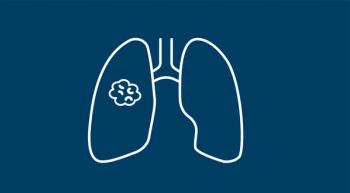
A smoking-duration cutoff may be a better measure for determining lung cancer screening eligibility compared with smoking pack-years.

Oncology nurses can help patients understand the potential benefit of ORF1p testing for early cancer detection and its current limitations.

Nicole Gay, APRN-C, shares how nurse navigators can talk to their patients about lung cancer screening.

A structured exercise program may aid in preventing colorectal cancer in patients with Lynch syndrome.
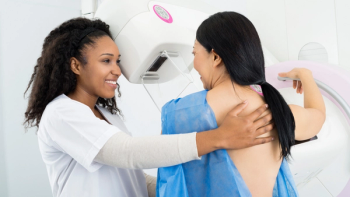
Cancer screening tests may not extend life expectancy; however, they still are valuable for public health.

The FDA has granted marketing authorization to the Invitae Common Hereditary Cancers Panel, which can detect multiple genetic variants associated with hereditary cancers.

Ryan Tamargo, NP, AONCP, discusses the launch of an online inflammatory breast cancer scoring system tool.

White patients have the oldest average at diagnosis at 64.5 years, whereas Hispanic or Latino patients have the youngest average age at 57.2 years.

It is essential to continue to develop and incorporate educational strategies to increase screening for colorectal cancer in our communities.

The program’s initiative aims to identify those at increased risk for cancer through assessment and testing and then formulate a personalized evidence-based cancer surveillance or screening plan.

Adverse experiences, such as smoking and experiencing physical abuse, do not necessarily decrease the frequency of colorectal cancer screenings.
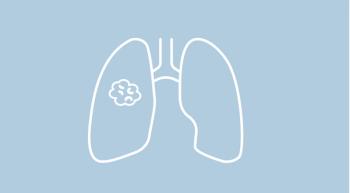
Novel strategies for patient education can help to build trust in and decrease the fear of lung cancer screening among patients.

Patient navigation services increased the rates of breast, cervical, and colorectal cancer screenings 6-fold amongst women living in rural communities.

Johanna Garibaldi, BSN, RN, EMT-P, discusses how a mobile clinic improved cancer screening rates among local firefighters.

The US Preventive Services Task Force is working on a draft recommendation which would lower the age of breast cancer screenings from 50 years to 40 years for women at average risk.

An estimated 54.5% of adolescents in the United States have received the recommended doses of the HPV vaccine, although the government established a goal of an 80% vaccination rate in this population.
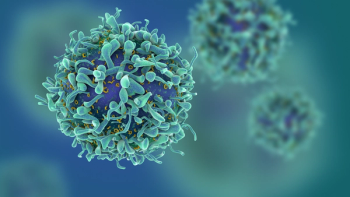
A genome-wide methylome enrichment platform may help identify multiple early-stage cancers.

Findings from the TAPESTRY trial showed that approximately 40% of patients with genetic conditions may be missed by current NCCN guidelines.

Nurses should educate patients not only about screening guidelines, but about important cancer risks to help improve cancer prevention.

January is cervical cancer awareness month. This second article in a series highlights current cervical screening guidelines.

Celebrated reality star Teddi Mellencamp is using her Instagram as a platform to stress the importance of follow-up visits for patients with melanoma.

It is imperative that nurses and other health care professionals not only recognize the disparities in preventive screenings but become part of the solution. Early detection and cancer treatment must be accessible for those with disabilities, as it can help save lives.

Younger women who underwent endoscopies had a reduced risk of colorectal cancer incidence, according to findings of a prospective cohort study.
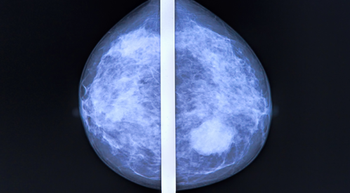
Facility characteristics at community-based breast imaging facilities may be linked to screening disparities across ethnic and racial groups.

The expansion of screening criteria is an important step in decreasing lung cancer screening disparities in high-risk populations. Efforts to expand community outreach, overcome logistical barriers, and facilitate screening adherence must still be made, experts say.

Strategies to combat ethnic disparities in colorectal cancer screening are not limited to the clinic.

Although e-cigarettes are often marketed as a “safe alternative,” non-smokers should understand that smoking still poses risks of lung damage, explains an expert with CTCA.

The program is designed to reduce the age-adjusted death rate associated with cancer by at least 50% over the next 25 years.
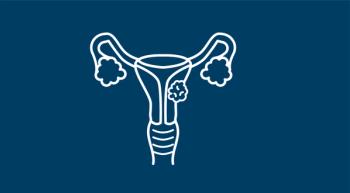
As the HPV vaccine becomes more prevalent, cervical cancer rates are expected to decrease significantly by 2030. However, this trend may differ across socioeconomic communities.